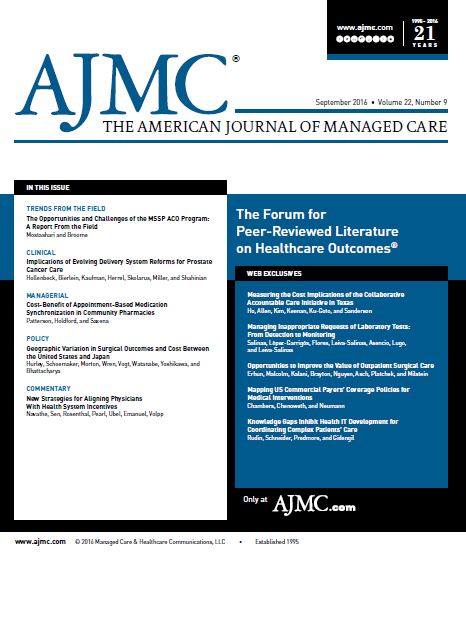Fewtrell, Mary; Bronsky, Jiri; Campoy, Cristina; Domellöf, Magnus; Embleton, Nicholas; Fidler Mis, Nataša; Hojsak, Iva; Hulst, Jessie M.; Indrio, Flavia; Lapillonne, Alexandre; Molgaard, Christian
Abstract
This position paper on complementary feeding summarizes evidence for health effects of complementary foods. It focuses on healthy infants in Europe. After reviewing current knowledge and practices, we have formulated these conclusions: Exclusive or full breast-feeding for about 6 months is a desirable goal. Complementary feeding (ie, solid foods and liquids other than breast milk or infant formula and follow-on formula) should not be introduced before 17 weeks and not later than 26 weeks.



